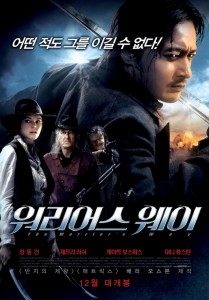
“The Warrior’s Way” Korean Theatrical Poster
Director: Sngmoo Lee
Cast: Jang Dong Gun, Geoffrey Rush, Kate Bosworth, Danny Huston, Tony Cox, Ti Lung
Running Time: 100 min.
By HKFanatic
I’m going to have to be the dissenting opinion here because I didn’t enjoy “The Warrior’s Way” nearly as much as Mighty Peking Man. I thought the film had potential, but overall the sluggish pacing and artificial-looking digital world didn’t do much for me. If you have a strong distaste for Zack Synder’s (“300,” “Watchmen”) style of slow-motion and speed-ramping fight scenes, “The Warrior’s Way” will drive you to hysterics. I don’t think there’s a single moment of action in this movie that is played at natural speed.
The lead actor is Dong-gun Jang who, after starring in two Korean movies you may have heard of called “Friend” and “Tae Guk Gi: The Brotherhood of War,” is one of the biggest stars in all of Asia. But I suppose the cliche is that you haven’t “made it” until you’ve been in a major English-language production and one senses that’s the only reason a talented guy like Dong-gun Jung is starring in “The Warrior’s Way.” He speaks English just fine but he’s an actor, not a swordsman or martial artist, so his performance as a master assassin is all style and no substance. His hair seems to do a lot of his acting for him. You have to wonder: could this guy even win a fight if it wasn’t in slow motion?
Elsewhere in the cast we have talented actors like Geoffrey Rush and Danny Huston, who aren’t exactly slumming it but they do make you wonder just what the hell they’re doing in a movie like this. Here we have two guys who should be asking their agents for Oscar-caliber parts and yet they’re starring in a samurai-meets-Western flick with buckets of CG blood. I mean, Danny Huston spends most of the film looking like the son of Leatherface. Kate Bosworth plays the female lead and she gets plenty of screentime for people who like her, but I’ve never found her to be a charismatic actress. I bet the filmmakers could have gotten Malin Akerman for the same price and had twice the hotness factor, but that’s just me.
I liked the movie’s premise – Eastern assassin hides out in a dilapidated town in the Old West while his clan hunts him down – but it was undone by poor pacing. After the briefest teaser of action, “The Warrior’s Way” spends at least an hour with Dong-gun Jang getting to know everybody in the town, planting flowers, and starting up a laundry business. Couldn’t we have had a little bit of action to tie us over during this long stretch of plot development? The ending finally brings the bloodshed but of course it’s slow mo’d and digitally enhanced to hell and back. The fact that the skyline looked so fake it could have been made of cotton candy didn’t help immerse me in the film either. I wouldn’t be surprised if “Greenscreen: The Movie” was a working title for this flick.
It’s difficult to imagine just who “The Warrior’s Way” will appeal to. Dong-gun Jang has a surface-level role with little dialogue so I don’t really know if his fans will go home happy; maybe if they just want to see him look bad-ass with cool hair for 100 minutes. For the rest of us, we can get better graphics and actually be in the control of the action on our Playstation 3’s. “The Warrior’s Way” is an interesting experiment in combining Eastern and Western filmmaking talent, but unless a truly great script comes along I think Dong-gun Jang is better served by making films in his native language. Perhaps he should be content with being one of the biggest stars on the Asian continent – that can’t be such a bad life, can it?
HKFanatic’s Rating: 5.5/10
By Mighty Peking Man
Yang (Jang Dong-gun), a swordsman from the Saddest Flute gang, is at the tail-end of his mission to kill every last member of a rival clan. Just as he’s about to complete his duties, he has a sudden change of heart when he learns the last standing member is a helpless baby.
Yang decides to let the baby live and take it under his protection. Knowing the rest of the Saddest Flute gang will be looking for him and the baby, Yang leaves Asia and retreats to a neglected Western town in America. During his stay, he befriends the town’s people (Kate Bosworth, Tony Cox, Geoffrey Rush), who happen to have dreadful problems of their own.
Meanwhile, the Saddest Flute gang (headed by Ti Lung) is hot on Yang’s trail; upon locating him, they plan to not only assassinate him for his incompetence to fulfill an important mission, but also to kill the baby to end their enemy’s existence forever.
I usually try and stay away from movies loaded with cgi, green-screen, digitized blood and other special effects (I know I could have just said cgi effects, but I want to make sure I get my point across). There are a few exceptions, but at the moment, I can’t even think of one, other than the title I’m writing about right now.
“The Warrior’s Way” is 30% special effects and 70% live action, but somehow, the filmmakers managed to make me happy.
The action scenes – which consist mostly of swordplay and gunfights – are visually astonishing. Some of it is extremely quick and furious, some of it is stylish slow motion; but either way, they’re done with total creativity. What’s even more awesome is the violence isn’t sugar-coated, it’s brutal and bloody (we’re talking flying heads and limbs, etc.) and an absolute riot to watch.
A lot of gritty detail was put into the costumes, art direction and settings. At times, it’s hard to tell what’s an actual set and what’s computer generated; overall, it’s a nice line between digital effects and dusty props.
As much as I enjoyed “The Warrior’s Way,” there’s something missing from it that I can’t put my finger on. I’m usually not surprised when a good movie like this fails financially or critically, but even as a film buff with decency and taste, I can see why it was practically ignored upon its release. So what’s missing? I don’t know. Let’s just say that it’s different (probably purposely and rightfully so).
The biggest misconception about “The Warrior’s Way” is that it’s a Hollywood film. It’s actually a New Zealand production directed by South Korean filmmaker Sngmoo Lee. What makes it more impressive is “The Warrior’s Way” is his first feature, both as a director and a writer. I don’t know who the hell this guy is or where they found him, but somebody give him more movies to make.
“The Warrior’s Way” features a great line-up of international talent: Jang Dong-gun (“Friend”), Kate Bosworth (“Superman Returns”), Ti Lung (“A Better Tomorrow”), Danny Huston (“Edge of Darkness”), Geoffrey Rush (“Shine”) and Tony Cox (“Bad Santa”). As a fan of global cinema, you can’t get much better than this.
To simply put it: “The Warrior’s Way” is a fun-filled, hard-hitting fantasy/action/swordplay/western with a simple, linear plot. No bullshit surprises, no twists or turns. It truly entertained the hell out of me from start to finish and that’s what a good movie is all about.
Mighty Peking Man’s Rating: 8/10

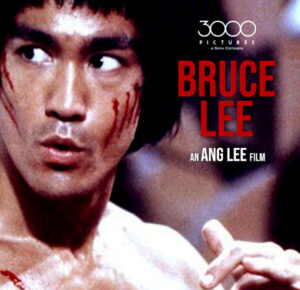

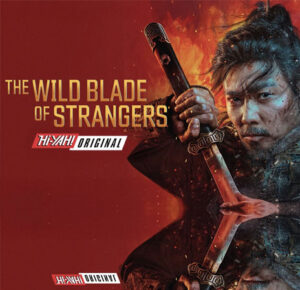

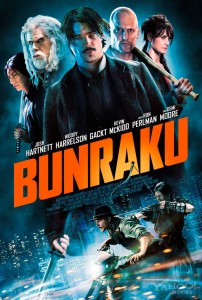
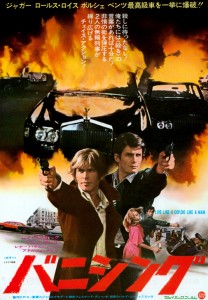
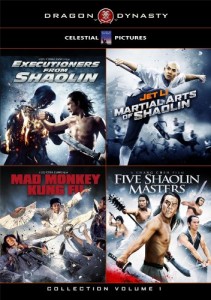
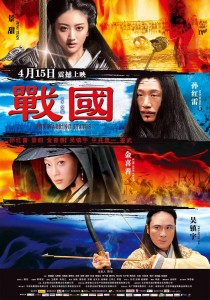
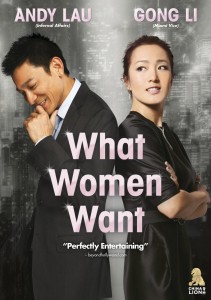
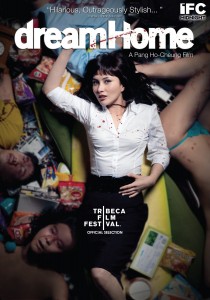
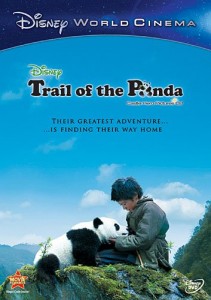
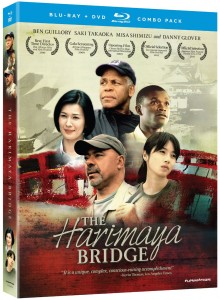
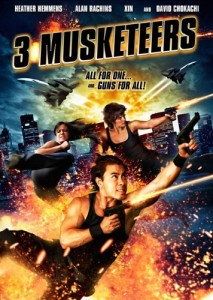
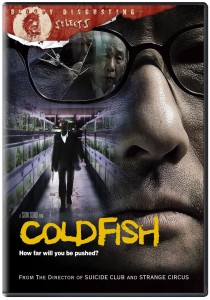
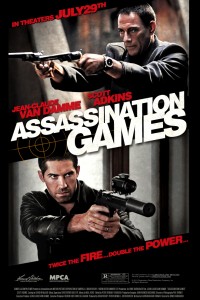
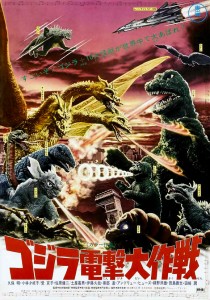

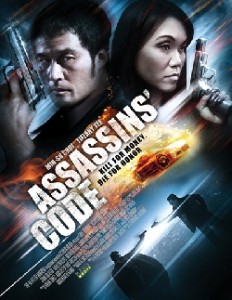


3 Comments